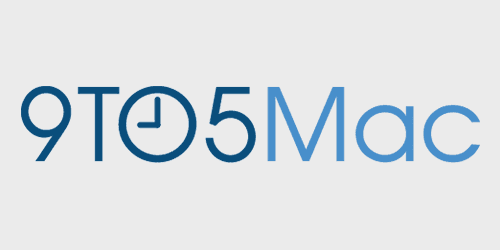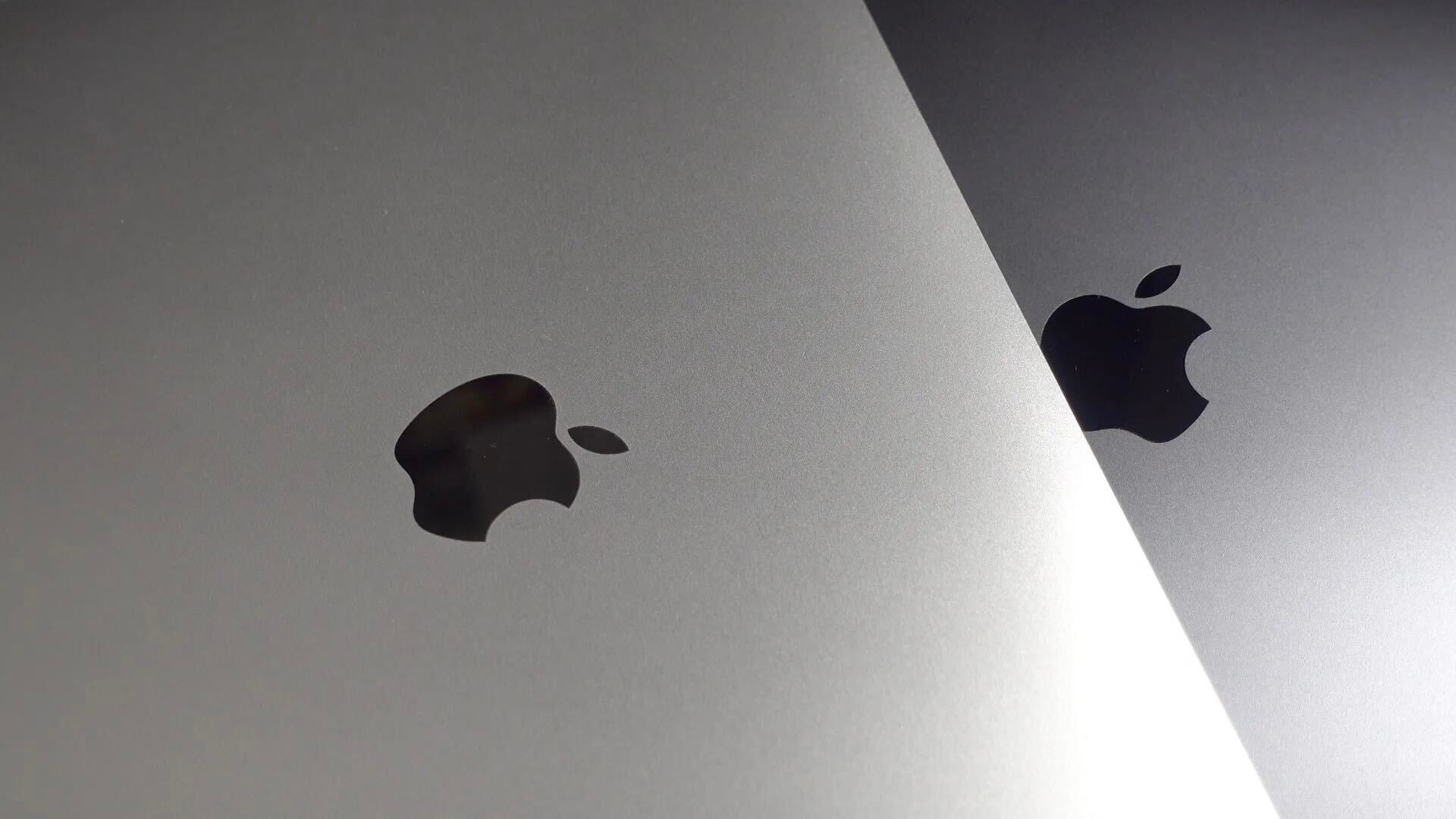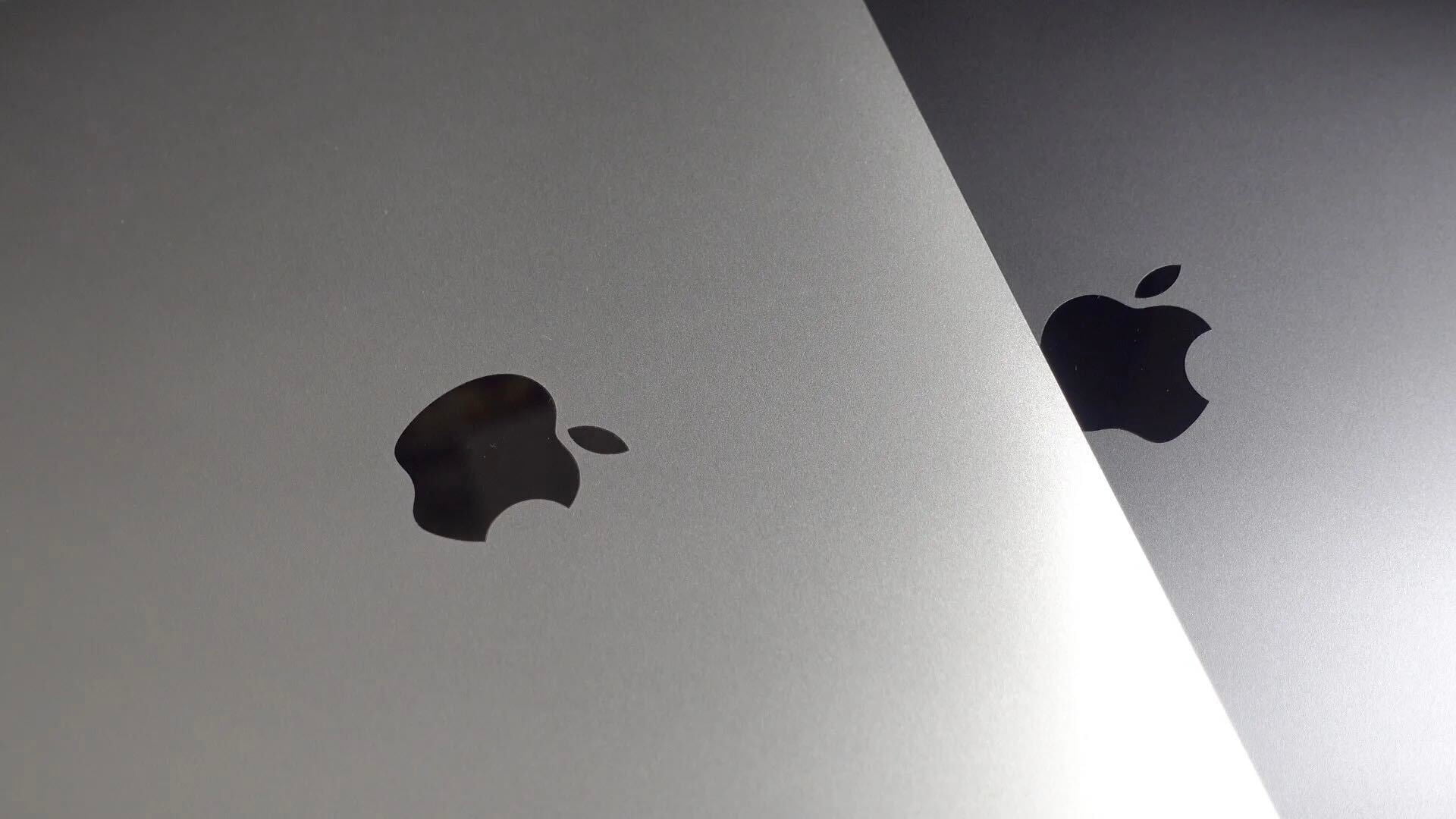Opinion: More thoughts on how the new MacBook Pro’s rumored touch-panel could work


In an opinion piece a couple of weeks ago, I described the way I hope the rumored touch-panel will be used: dynamic content available to app developers to create one-touch shortcuts. Effectively you’d get similar benefits to a physical keyboard skin but for every app. Check out that piece first if you haven’t already read it so I don’t need to repeat the same points here.
Of course, there are potential downsides to that too. At present, I’m used to being able to adjust the volume or play/pause music, for example, just by pressing a key. My fingers know where those keys are, so it’s very easy to do. If the standard functions were overwritten by apps, it would become a fiddlier process to do things we currently take for granted.
So here are a few thoughts about how Apple might give us the best of both worlds – and the somewhat provocative view that the touch-panel might still be a good thing even if it turns out to be nothing more than a gimmick …




